Scientists from Australia and the United States have found a new way to alter the DNA of bacterial cells to create new medicines.
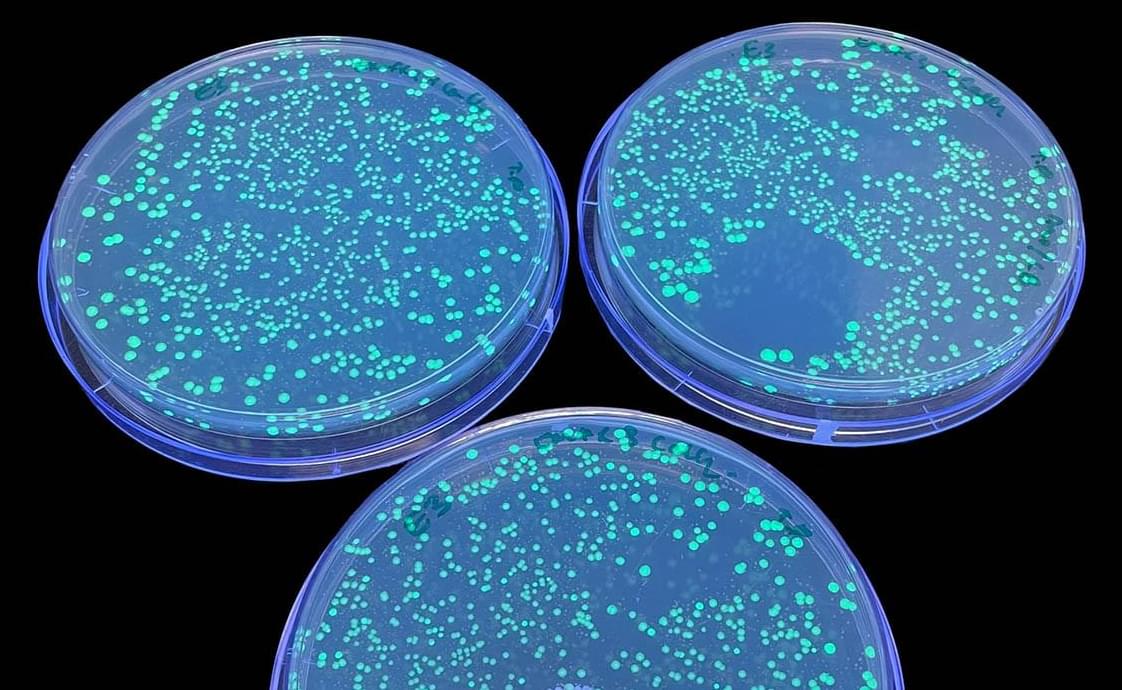

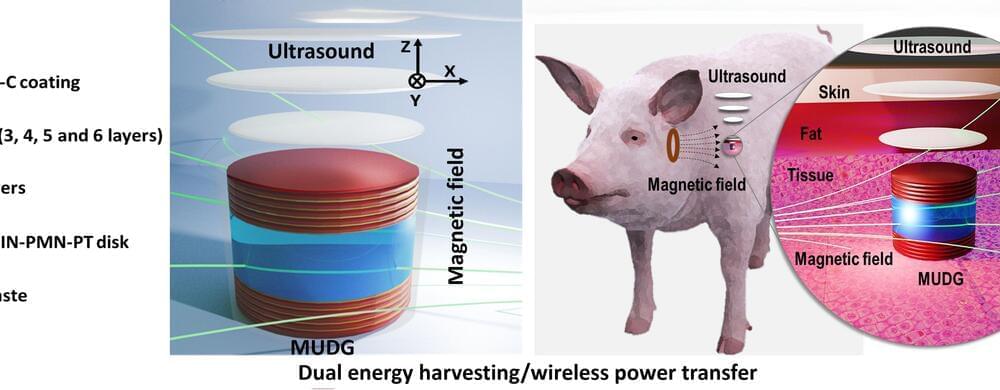
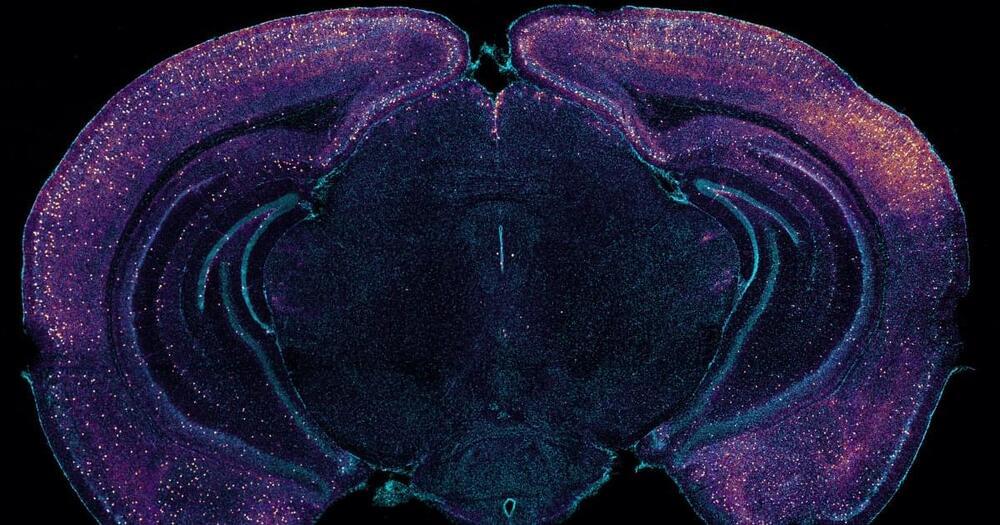

The results of research led by scientists at the University of Exeter, and at King’s College London, suggests that young people could be spared from going blind by a new genetic risk tool that could also help predict patients who will progress to multiple sclerosis (MS) earlier, and get treatment started earlier. The study has shown for the first time that combining genetic risk for MS with demographic factors significantly improves MS risk prediction in people presenting with the eye disorder, which is called optic neuritis (ON).
Tasanee Braithwaite, MD, consultant ophthalmologist to the Medical Eye Unit at Guy’s and St Thomas NHS Foundation Trust, and adjunct senior lecturer at King’s College London said, “As a doctor caring for many patients with optic neuritis, I’m excited by the possibility of translating this pilot research into front line clinical care in the near future. Whilst more research is needed, our study provides a strong signal that we could better identify patients at high risk of MS, perhaps enabling these people to have earlier MS treatment in the future. Whereas, if we could better identify people whose optic neuritis is very unlikely to result from MS, we could treat these people urgently to reduce irreversible vision loss and blindness.”
Braithwaite is senior author of the team’s published paper in Nature Communications, titled “Applying a genetic risk score model to enhance prediction of future multiple sclerosis diagnosis at first presentation with optic neuritis,” in which they concluded, “This study indicates that a combined model might enhance individual MS risk stratification, paving the way for precision-based ON treatment and earlier MS disease-modifying therapy.”

Half a century ago, scientists Jim Watson and Alexey Olovnikov independently realized that there was a problem with how our DNA gets copied. A quirk of linear DNA replication dictated that telomeres that protect the ends of chromosomes should have been growing shorter with each round of replication, a phenomenon known as the end-replication problem.
But a solution was forthcoming: Liz Blackburn and Carol Greider discovered telomerase, an enzyme that adds the telomeric repeats to the ends of chromosomes. “Case closed, everybody thought,” says Rockefeller’s Titia de Lange.
Now, research published in Nature suggests that there are two end-replication problems, not one. Further, telomerase is only part of the solution—cells also use the CST–Polα-primase complex, which has been extensively studied in de Lange’s laboratory.
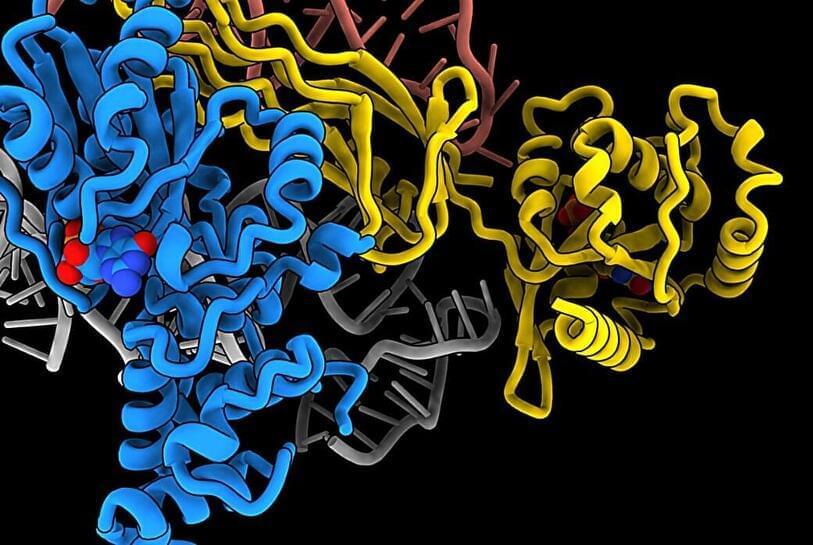
Human cells contain ribosomes, a complex machine that produces proteins for the rest of the body. Now the researchers have come closer to understanding how the ribosome works.
“It is amazing that we can visualize the atomic details of the ribosome. Because they are tiny—around 20–30 nanometers,” says Associate Professor Eva Kummer from the Novo Nordisk Foundation Center for Protein Research, who is responsible for the new study published in Nature Communications.
The ribosome is a part of the human cell consisting of ribosomal RNA and ribosomal proteins. It is like a factory that builds proteins by following a set of instructions inherent in the genes.
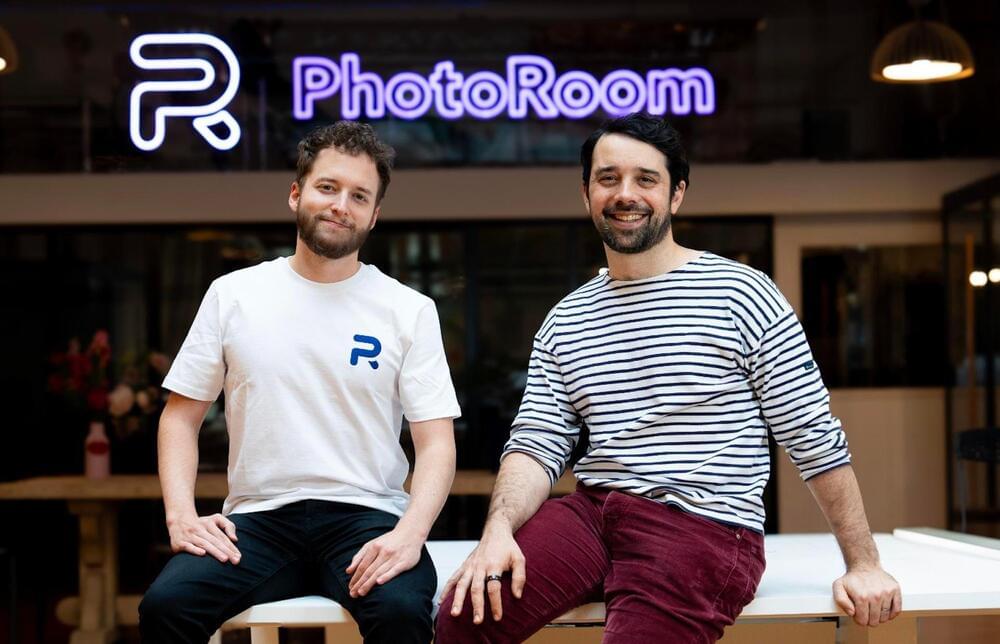
Photoroom announced Tuesday that it has raised $43 million in Series B funding at a valuation of $500 million. London-based early-stage venture firm Balderton Capital and Aglaé Ventures, an investment firm backed by LVMH CEO Bernard Arnault and his family, led the round, with participation from Y Combinator. The new round brings the Photoroom’s total funding to $64 million. With more than 150 million app downloads and a subscription-based business model, the Paris-based startup has crossed $50 million in annual recurring revenue, according to Rouif.
Photoroom has also garnered the attention of brands like Netflix, Lionsgate and Warner Bros, who have used the startup’s API to promote films and shows including Barbie and Black Mirror. In October 2023, Photoroom partnered with Universal Music Group-owned record label, Republic Records, to create a custom selfie generator of Taylor Swift’s album 1989 that millions of fans used to create an album cover with their own faces.
Photoroom first gained traction in 2020, the same year it was accepted into Y Combinator. During the pandemic, entrepreneurs rushed to produce online catalogs of their products and without access to photographers and professional photo studios, they turned to photo editing tools like Photoroom. Before generative AI tools became mainstream, the startup’s most popular tools were a background remover tool, a tool called “magic retouch,” which removed unwanted objects from a photo as well as a feature that could blur backgrounds in two seconds. When more advanced AI tools became available in 2023, the startup expanded its offerings to include fully AI-generated backgrounds, where users could create background visuals from scratch through text prompts — now Photoroom’s most commonly used feature.

One of the immune system’s primary roles is to detect and kill cells that have acquired cancerous mutations. However, some early-stage cancer cells manage to evade this surveillance and develop into more advanced tumors.
A new study from MIT and Dana-Farber Cancer Institute has identified one strategy that helps these precancerous cells avoid immune detection. The researchers found that early in colon cancer development, cells that turn on a gene called SOX17 can become essentially invisible to the immune system.
If scientists could find a way to block SOX17 function or the pathway that it activates, this may offer a new way to treat early-stage cancers before they grow into larger tumors, the researchers say.

Most cancers are thought to evade the immune system. These cancers don’t carry very many mutations, and they aren’t infiltrated by cancer-fighting immune cells. Scientists call these cancers immunologically “cold.”
Now new research suggests such cancers aren’t as “cold” as once thought. Researchers from the La Jolla Institute for Immunology (LJI), UC San Diego Moores Cancer Center, and UC San Diego, have found that patients with “cold” tumors actually do make cancer-fighting T cells.
This discovery opens the door to developing vaccines or therapies to increase T cell numbers and treat many more types of cancer than currently thought possible.

Researchers at the University of Colorado Anschutz Medical Campus studying interactions between nerves and tumor microenvironments have found that commonly used drugs like botox may stop or slow the progression of certain head and neck cancers.
The study, published online today in the journal Med, examined how nerves within the tumor environment impact the immune system and cancer growth.
“We have long known that the intensity of nerve interactions within the tumor microenvironment are associated with worse outcomes in head and neck squamous cell carcinoma,” said the study’s lead author Laurel Darragh, an MD/Ph. D. student focused on radiation oncology at the University of Colorado School of Medicine. “This prompted us to investigate how these nerve interactions impact the adaptive immune system and tumor growth.”